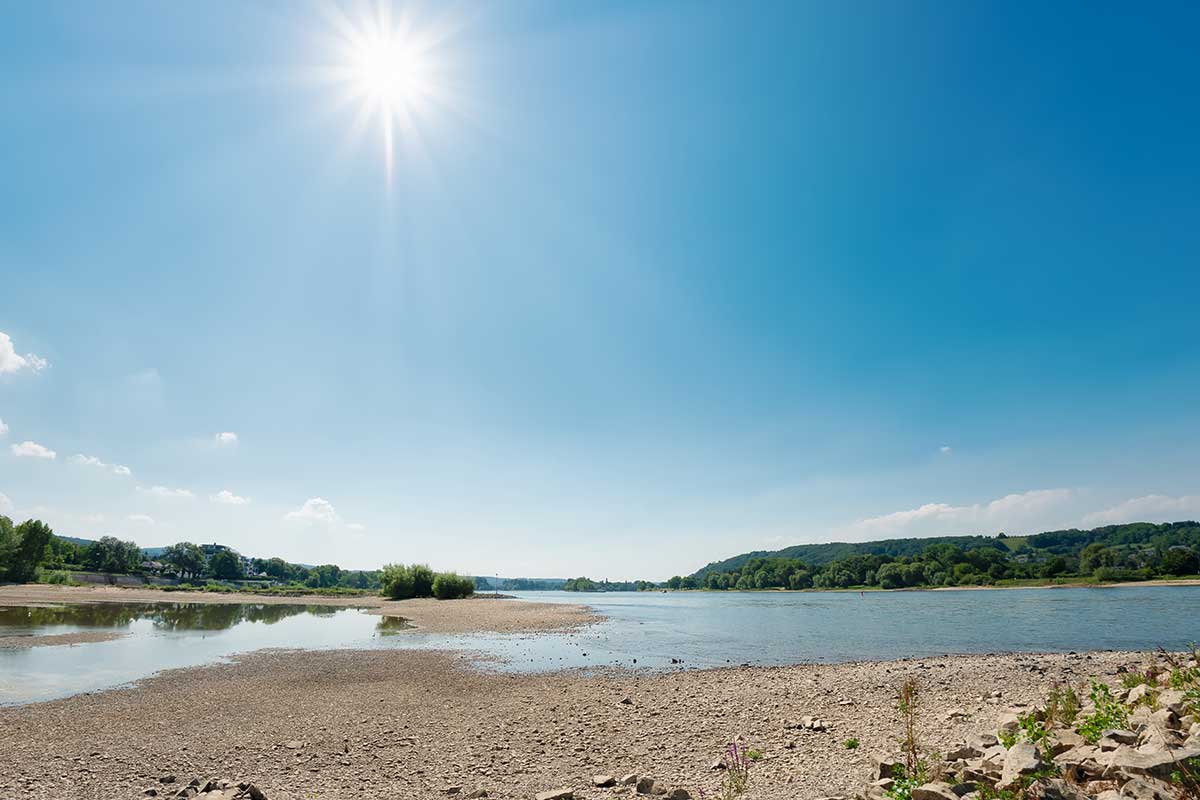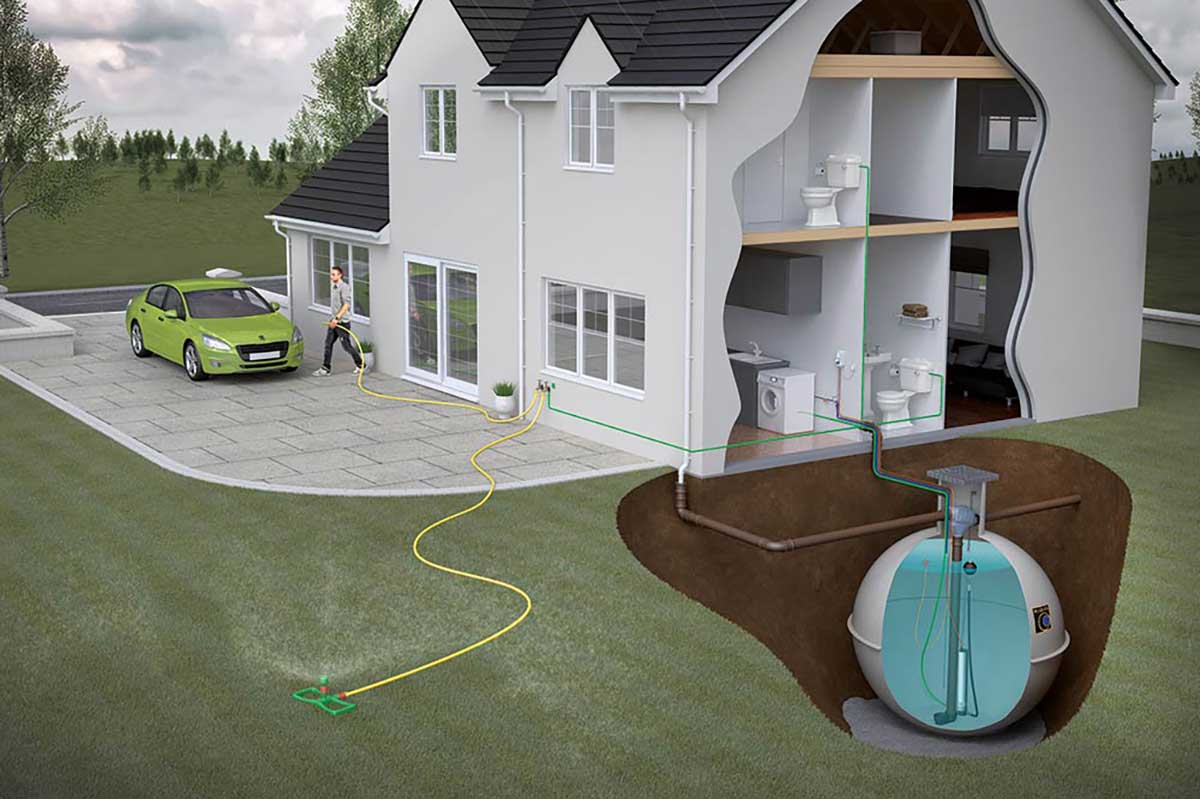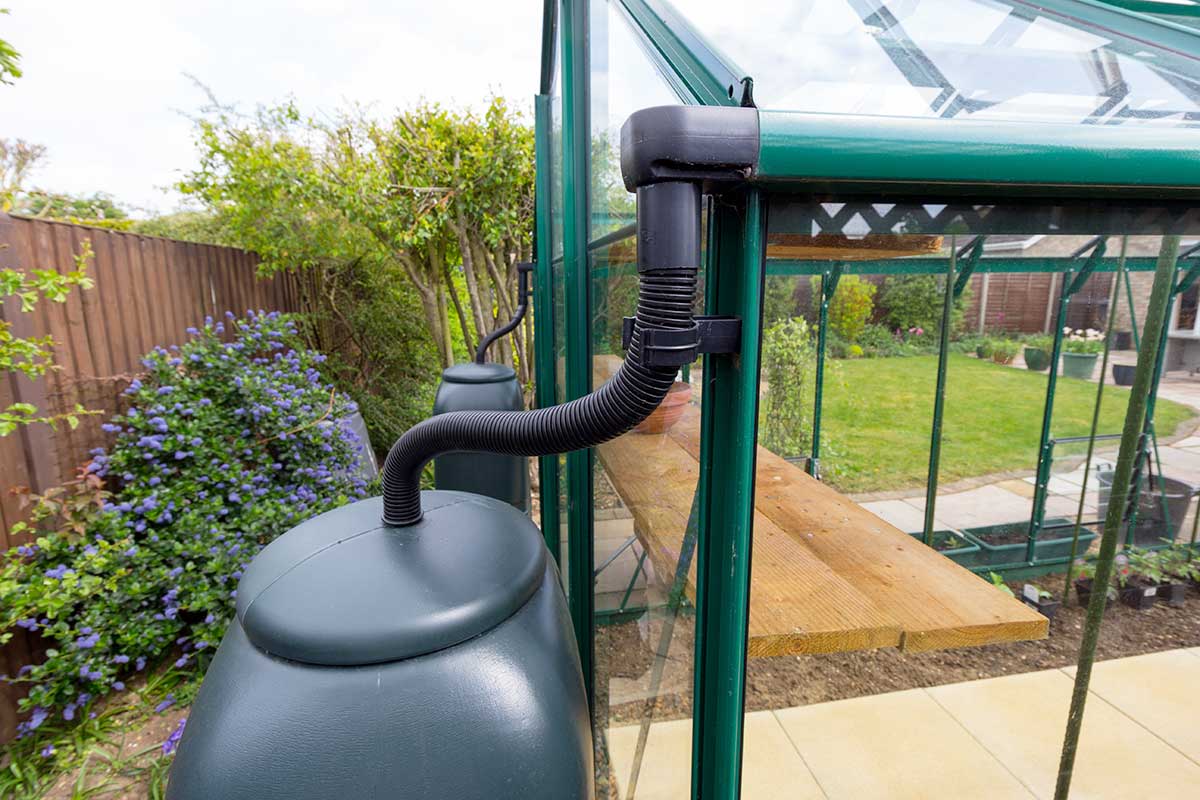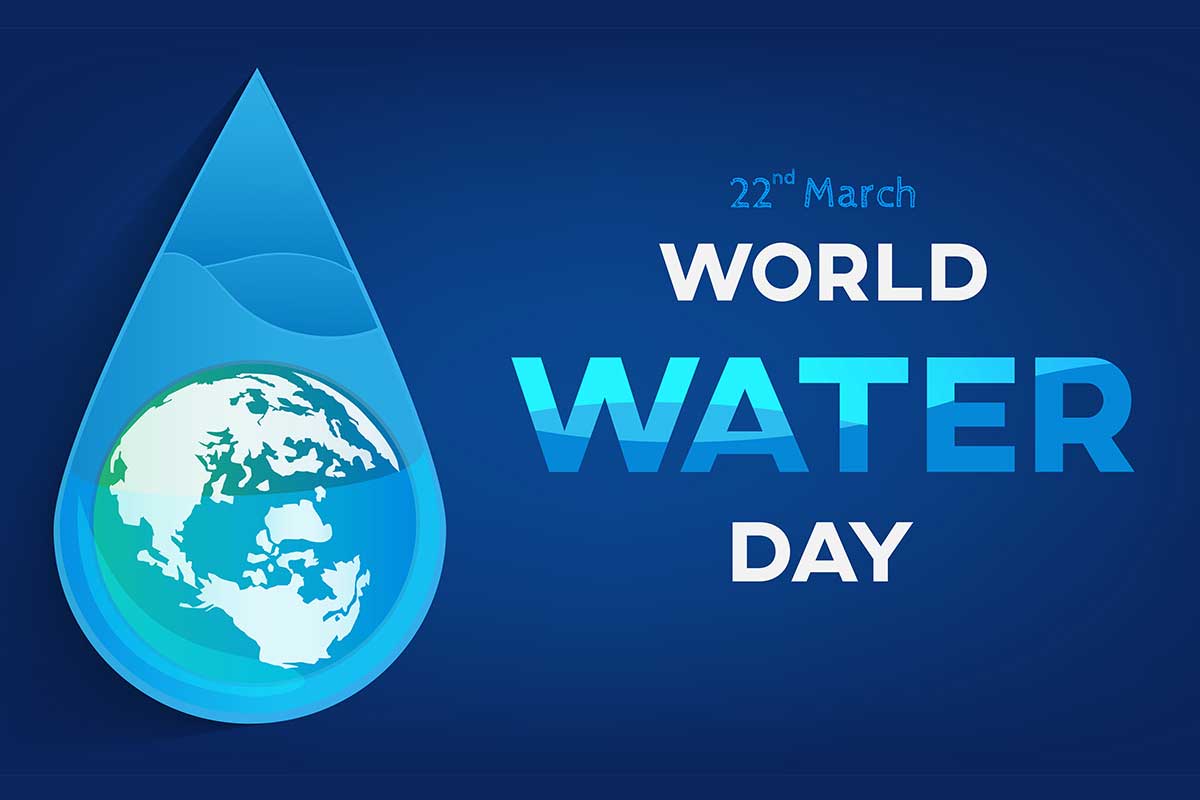At CESS, one of our priorities is to help households and businesses use water more wisely. As such, we’re keen supporters of the United Nations’ World Water Day initiative.
Held on March 22nd every year, World Water Day aims to raise basic awareness around sustainable water use. Unlike many themed days – hello, Strawberry Ice Cream Day (Jan 15th) – this day-long virtual event is worth taking seriously. Keynote speakers include prominent figures from national governments and global NGOs.
It’s not just the bigwigs whose voices are being heard, either. This year, organisers have encouraged people to get involved on social media, by asking the question: “What does water mean to you?” As individuals, there’s a lot we can do to conserve water at home. But how?
Why #WorldWaterDay matters
In Britain, it’s easy to be complacent about climate change. After all, we’ve so-far avoided any extreme weather events on the scale of the recent wildfires in Australia or the great freeze in Texas.

But scientists are concerned. The UK’s Environment Agency (EA) warned recently the UK could end up with serious water shortages by 2050. A combination of changing weather patterns and rapid population growth is starting to put the squeeze on our national water supply.
Indeed, the numbers don’t look good. British households lose 3 billion litres a day due to leaky pipes, according to the EA. Even the water we actually use adds up to quite the amount: 142 litres per day, per person. This rises to 166 litres in homes without a water meter.
How then, as responsible citizens, can we adapt to a more sustainable approach?
One solution: rainwater harvesting systems

The good news is that household water usage can be greatly reduced with a rainwater harvesting system. They work by collecting rainwater from the drainpipes and storing it underground. You can then use this water for all kinds of tasks, from washing clothes to watering your plants.
The average system stores up to 6,500 litres of clean water – a godsend in summer months. No more worrying about hosepipe bans or feeling guilty for washing the car.
The cost benefits are plentiful, too. By using more rainwater and less mains water, the typical homeowner will pay up to 50% less on their monthly metred water bills. There’s also less need for detergent, thanks to the lower levels of chemicals in soft rainwater.
See our list of top five reasons to install a rainwater harvesting system for a full run-down of the benefits.
A few quick fixes

Aside from rainwater harvesting, homeowners can conserve water in more modest ways. CCW, a consumer campaign group, offers several recommendations. You can:
- Replace your old toilet cistern – Modern cisterns average 5 litres of water per flush, versus 9 litres for older toilets. It’s a no-brainer.
- Put your dishwasher on eco-setting – You can save an average of 4 litres per wash simply by choosing “eco” mode. That saves 624 litres over the course of a year, based on three washes per week.
- Install a water meter – Customers with a water meter use an average of 126 litres per person, per day. This rises to 166 litres for unmetered customers.
- Wash your car with a bucket wash – Washing your car using a hose pipe is a spectacular waste of water: 250 litres versus 30 litres for a bucket wash.
- Get a water butt for the garden – While offering much less capacity than a rainwater harvesting system, water butts are a safeguard against increasingly hot, dry British summers. Many new pressure washers can run from water butt without any hiccups.
If you’d like to know more about rainwater harvesting systems, just get in touch. We offer a free, no-obligation site survey and layout design for all new systems in the Surrey and West Sussex areas.

